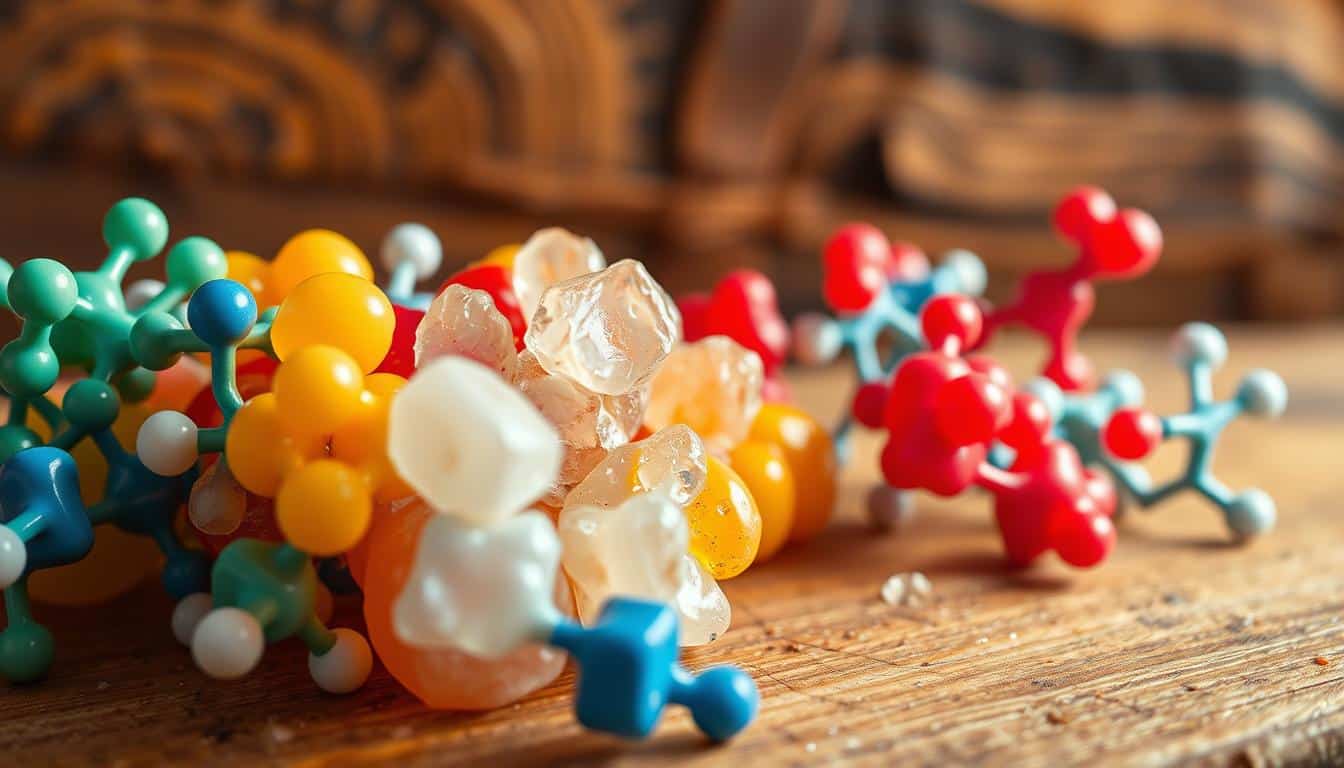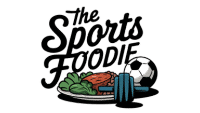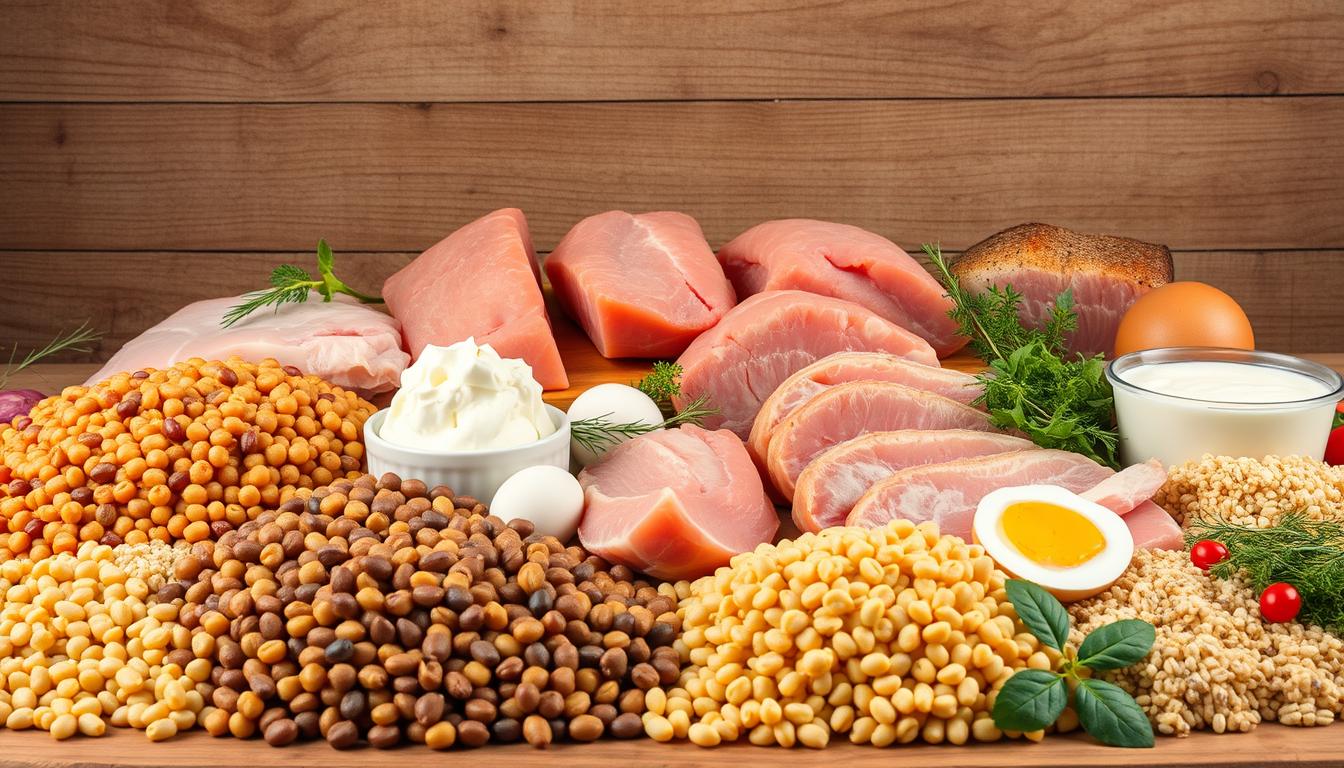Curious which wallet-friendly picks give you real gains without wasting time or cash? You want meals that help recovery and energy. You also want them to fit busy weeks. I’ll show simple picks that work in real life.
Most healthy adults need about 0.36 g of protein per pound each day. A mix of plant and animal options meets amino acid needs. That keeps muscles and organs working well.
I give clear targets and quick swaps. Think canned tuna, eggs, Greek yogurt, tofu, beans, and seeds. Each pick can stretch across many meals and save you time.
What you’ll get: numbers per 100 g or serving for easy comparison, simple meal ideas, and a short grocery list. Read on to pick each source with confidence and protect your health while saving money.
Why protein matters for health and budget
Every meal you eat supplies building blocks for repair, growth, and steady energy. Protein is a key part of that mix. It helps muscles recover after workouts and keeps organs working day to day.

How much to aim for: Most healthy adults can start with about 0.36 g per pound of body weight each day. That equals roughly 0.8 g per kilogram. You can raise that amount if you train heavily.
What protein does for you
Protein adds calories that support energy needs. It also delivers amino acids your body uses to build tissue and enzymes.
- Supports muscle repair after training and keeps organs working.
- Helps you feel full, which can cut snack costs and impulse buys.
- Milk, eggs, beans, tofu, fish, and poultry all contain protein and can fit different budgets.
| Benefit | How it helps | Practical tip | Typical food example |
|---|---|---|---|
| Muscle repair | Rebuilds fibers after exercise | Include a serving within 2 hours post-workout | Eggs |
| Daily function | Maintains organs and enzymes | Spread intake across meals | Milk |
| Satiety | Makes you feel full longer | Pair with fiber for best effect | Beans |
| Calories | Contributes to total daily energy | Adjust portions for activity level | Tofu |
Quick habit: Treat protein as part of your plate, not the whole plate. Pick a single protein source that fits your taste and price point, then add veggies and grains to round out the meal.
Protein quality basics: digestibility and essential amino acids
How well a food feeds your muscles depends on two simple things: digestibility and amino makeup. I’ll define both in plain terms so you can pick meals that work.

Animal foods and digestibility
Digestibility means how many amino acids your body actually absorbs from a serving. Animal options usually show about 90–100% digestibility. That means fewer grams wasted and faster recovery.
Complete vs incomplete and the nine essential amino
Complete items contain all nine essential amino acids your body can’t make. Most animal items are complete. Few plants are, but soy and quinoa are notable exceptions.
- Mix plant items across the day to fill any amino gaps.
- Pairing a grain with a legume makes a stronger overall amino profile.
- Use digestibility as a lens: it helps you balance cost with how hard each serving works.
| Type | Typical digestibility | Complete amino profile? | Practical tip |
|---|---|---|---|
| Animal | 90–100% | Usually yes | Easy post-workout option |
| Soy / Quinoa | ~70–90% | Yes | Simplifies meal planning |
| Most plants | ~70% | Often no | Mix variety across meals |
Affordable plant protein all-stars
Plant-based picks can deliver big gains per dollar when you pick the right items. They fit weeknight cooking and stretch across meals. I’ll list the practical options and quick tips.
Legumes and quick cooks
Beans deliver low-cost nutrition. Black beans provide about 8.86 g per 100 g cooked and lima beans about 4.93 g.
Lentils cook fast and give roughly 9 g per 100 g cooked. They work well in soups and bowls.
Chickpeas and peas
Chickpeas suit stews, hummus, and sheet-pan meals. Green peas add color and about 5.15 g per 100 g to bowls and pastas.
Soy and quinoa
Tofu offers about 10 g per 100 g; tempeh packs ~20.3 g. Soymilk gives ~6 g per 200 ml for smoothies or oats.
Quinoa is a complete plant pick at about 4.4 g per 100 g and helps fill amino gaps when paired with beans.
- Budget tip: Dry beans cost less per serving than canned. Use low-sodium canned if you need speed.
- Pair beans with rice or rice pasta to build hearty bowls that stretch across lunches.
| Item | Protein per 100 g (cooked) | Best uses | Quick tip |
|---|---|---|---|
| Lentils | 9 g | Soups, salads, weeknight chili | Cook fast; freeze portions |
| Black beans | 8.86 g | Bowls, tacos, stews | Flavor with cumin and lime |
| Tofu / Tempeh | 10 g / 20.3 g | Stir-fries, sandwiches, grills | Press tofu; marinate tempeh |
| Quinoa | 4.4 g | Salads, grain bowls | Mix with beans for a complete amino profile |
Affordable animal protein sources
Pick the right animal items and you’ll get a lot of usable nutrition per dollar. I’ll compare common picks so you can shop smarter and cook faster.
Chicken and turkey: lean, practical buys
Chicken breast gives about 22.5 g per 100 g and saves money when bought in bulk or on sale.
Turkey breast leads for lean protein at 30.1 g per 100 g. It’s great for meal prep and keeps fats low.
Beef, bison, and pork: watch saturated fat
Ground beef packs about 25.1 g per 100 g. Choose lean cuts to keep saturated fat under control.
Bison is similar at 25.4 g per 100 g and often leaner, but compare store prices.
Pork tenderloin has 16.9 g per 100 g. Skip processed meat to limit sodium and extra saturated fat.
Tuna, salmon, and halibut: fish that delivers
Canned tuna provides 23.6 g per 100 g drained and makes a fast, high protein lunch.
Salmon gives 22.1 g per 100 g and brings healthy fats. Halibut offers about 18.4 g per 100 g.
Eggs: simple and cost-effective
Eggs contain about 12.4 g per 100 g and rank as one of the best value protein sources per dollar.
- Watch calories — sauces, breading, and sides add energy without much extra protein.
- Rotate these animal picks across the week to balance price, flavor, and recovery needs.
| Item | Protein per 100 g | Practical note |
|---|---|---|
| Turkey breast | 30.1 g | Leanest; great for batch cooking |
| Chicken breast | 22.5 g | Buy in bulk; versatile |
| Ground beef (lean) | 25.1 g | Pick lean cuts to limit saturated fat |
| Bison | 25.4 g | Lean alternative; check price |
| Pork tenderloin | 16.9 g | Avoid processed cuts to lower saturated fat |
| Canned tuna (drained) | 23.6 g | Fast, high protein lunch option |
| Salmon | 22.1 g | Higher fats but beneficial fats |
| Halibut | 18.4 g | Lean white fish, mild flavor |
| Eggs | 12.4 g | Top value per dollar; very versatile |
Dairy and eggs on a budget
Simple dairy choices make it easy to add a few solid grams to every meal. Use milk, yogurt, cottage cheese, and eggs to top up your daily totals with low prep and clear serving numbers.
Milk helps hit daily targets
One cup of milk contains about 8 g per 244 g serving. It mixes into shakes, oats, and coffee for an instant boost.
Higher-protein dairy: yogurt and cheese
Plain low-fat Greek yogurt gives about 9.95 g per 100 g and feels filling with fruit or nuts. Cottage cheese has roughly 11.1 g per 100 g and works with sweet or savory toppings.
Eggs and low-fat options
Eggs contain about 12.4 g per 100 g and cook fast for any meal. Choosing low-fat dairy trims calories from fat while keeping the same grams of protein.
- Pro tip: Pick plain yogurt to avoid added sugar and control mix-ins.
- Compare store brands for milk and cheese to cut cost per gram without losing quality.
- Rotate milk, yogurt, and cottage cheese across snacks to spread cost through the week.
| Item | Protein per serving | Best quick uses |
|---|---|---|
| Milk (1 cup) | 8 g | Shakes, coffee, oats |
| Greek yogurt (100 g) | ~9.95 g | Bowls, smoothies |
| Cottage cheese (100 g) | 11.1 g | Snacks, salads, toast |
| Eggs (100 g) | 12.4 g | Breakfasts, quick dinners |
Want quick breakfast ideas that use these picks? Check this roundup of high-energy breakfast foods to pair milk and yogurt into easy meals.
Seeds, nuts, and oats that punch above their price
Small handfuls of seeds and nuts can add surprising nutrition to every meal. I use them to boost texture, keep me full, and add steady grams without fuss.
Sunflower and pumpkin seeds
Sunflower seeds add crunch to salads, yogurt, and trail mix. They’re cheap in bulk and easy to toss in meals.
Pumpkin seeds land near 29.84 g per 100 g. That means a 1 oz serving moves the needle fast. Keep small packs for snacks.
Chia and hemp seeds
Chia seeds gel in oats and smoothies to make a thick breakfast that holds you through mornings.
Hemp seeds pack about 31.6 g per 100 g. Sprinkle them on eggs, bowls, or toast for a quick boost of healthy fats and fiber.
Oats and filling nuts
Oats bring about 13.15 g per 100 g and pair perfectly with milk or yogurt for extra grams per serving.
Almonds and pistachios (21.2 g and 20.2 g per 100 g) make fast snacks that deliver crunch and satiety. Stick to ~1 oz portions to manage calories.
- Quick tips: Buy bulk or store-brand bags to cut cost per serving.
- Seeds contains fiber, healthy fats, and protein that help control hunger between meals.
- Keep portions around 1 oz (28.35 g) to balance calories while getting steady gains.
| Item | Protein per 100 g | Typical serving |
|---|---|---|
| Hemp seeds | 31.6 g | 1 tbsp (10 g) sprinkle |
| Pumpkin seeds | 29.84 g | 1 oz (28.35 g) |
| Chia seeds | 16.5 g | 1 tbsp (12 g) in oats |
| Oats | 13.15 g | 1/2 cup (40 g) cooked with milk |
| Almonds | 21.2 g | 1 oz (28.35 g) |
Smart ways to stretch your protein dollars
Small swaps in your cart can cut costs without cutting meals short. Do a quick price check each week and switch items if one gets pricey. Swap fresh fish for canned tuna or frozen fillets when needed.
Buy less-prepared forms to save. Choose dry beans, dry rice, and bone-in, skin-on poultry. Cook from dry bags and freeze portions to stretch family packs across meals.
Make protein just part of the entrée. Mix meat with rice pasta, veggies, and beans to extend servings. Add a spoon of seeds to bowls or oats for a cheap protein bump.
- Eat at home more — restaurant bills add big markup; roughly 30% of cost is food, so your per-gram price spikes outside.
- Compare unit prices across canned, dry, and frozen packs to pick the best value that week.
- Keep peanut butter on hand for fast sandwiches and sauces that add grams with little prep.
- Plan two anchor protein foods per week and repurpose leftovers into wraps, soups, and stir-fries.
| Strategy | Why it helps | Quick action |
|---|---|---|
| Buy less-prepared | Lower cost per serving | Choose dry beans, bone-in chicken |
| Mix with grains | Stretches servings | Combine meat with rice pasta and veggies |
| Compare formats | Find weekly bargains | Check canned vs frozen vs dry unit prices |
Simple budget meal ideas that hit protein goals
Simple, real meals can hit your daily protein targets without long prep or fancy ingredients. Below are quick combos you can cook or pack in under 20 minutes. I keep portions and swaps practical so you hit a high protein day without hunting recipes.
Breakfast
Two eggs with whole grain toast and fruit contains protein and takes under 10 minutes. Add a pat of butter if you like.
Swap: oats made with milk, chia or hemp, and a spoon of peanut butter makes a high protein bowl fast.
Lunch
Hummus and veggie sandwich with a side of green peas adds fiber and steady gains. Toss frozen green peas in the microwave for a minute.
Yogurt bowl: Greek yogurt, oats, almonds, and berries is filling and portable.
Dinner
Lentil chili over brown rice gives beans and grains that stretch across leftovers. Lentils provide ~9 g per 100 g cooked.
Swap: tofu veggie stir-fry over rice with soy sauce keeps cost low and the meal contains protein from tofu (~10 g per 100 g).
Snacks
- Cottage cheese with pineapple — cheese delivers about 11.1 g per 100 g and satisfies sweet cravings.
- Peanut butter on whole grain or roasted chickpeas travel well and contain protein for quick energy.
- Add black beans to tacos or burritos to boost grams and reduce meat spend.
| Meal | Quick idea | Key protein note |
|---|---|---|
| Breakfast | Eggs + toast / Oats + nut butter | Eggs and milk both contain protein for a steady start |
| Lunch | Hummus sandwich / Yogurt bowl | Green peas or Greek yogurt lift per-meal protein |
| Dinner | Lentil chili / Tofu stir-fry over rice | Lentils and tofu are a reliable plant-based source of protein |
| Snack | Cottage cheese / Peanut butter on toast | Easy, high protein bites that keep you full |
Conclusion
Aim for variety—use meat, beans, dairy, and seeds to build balanced plates that actually work.
Mix animal picks with plant options so you hit essential amino acids and get a wider amino profile across the day. Tofu and quinoa simplify coverage on busy nights.
Lean meat anchors meals while black beans and lentils add fiber and satiety. Toss hemp seeds or chia seeds into bowls and snacks for easy grams and texture.
Keep portions of nuts and cheese in check to manage fats and calories. Remember: milk contains usable protein that pairs well with oats and fruit for fast breakfasts.
Plan the main protein first, add rice, veggies, and a seed or nut boost, and enjoy steady progress without fuss.


